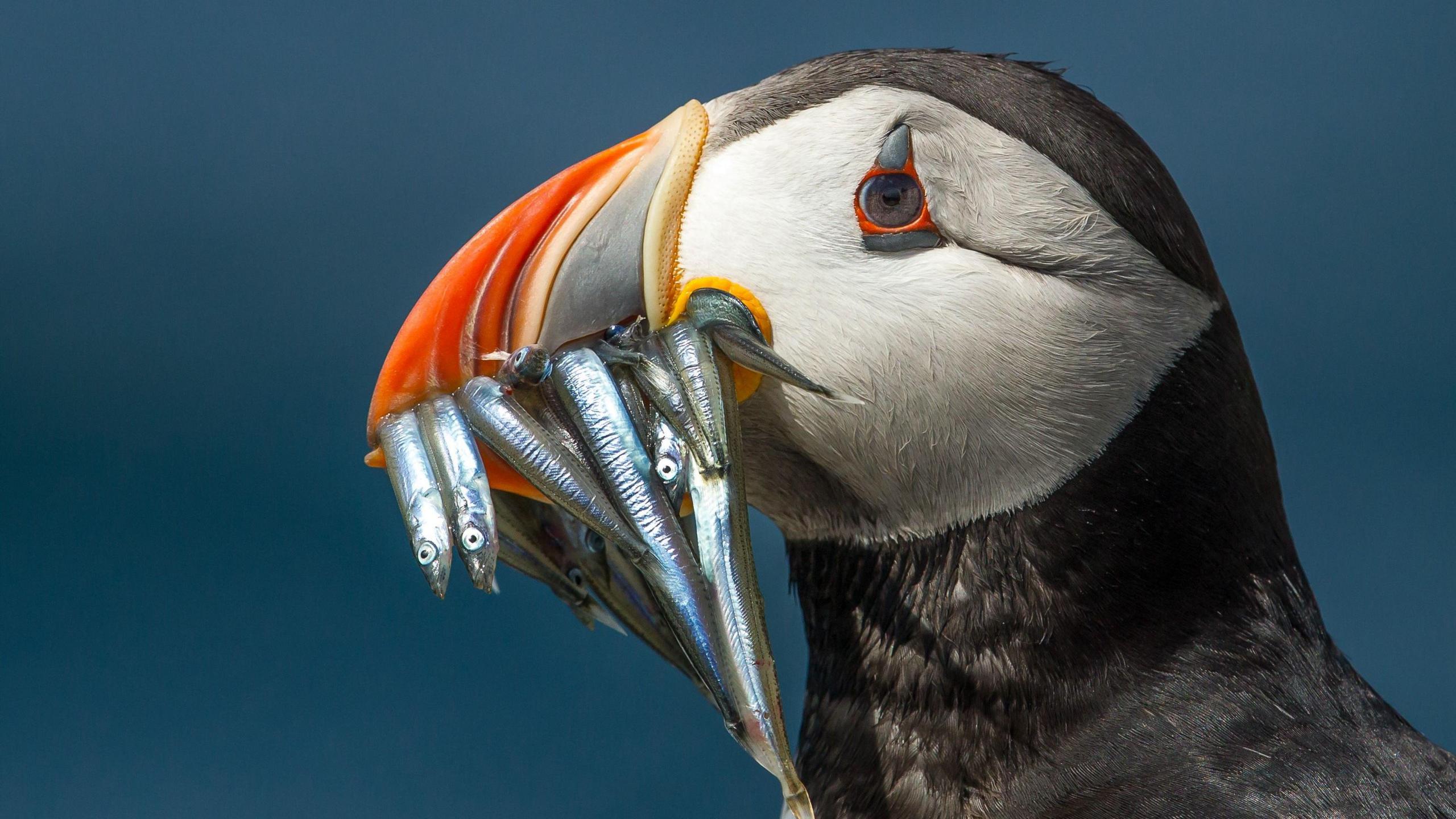Puffin numbers decline on the Farne Islands

- Published
The number of puffins living on the Farne Islands has fallen by nearly a quarter.
According to a survey by the National Trust which looks after the islands off the coast of Northumberland, the number of breeding pairs has fallen from 50,103 in 2024 to 38,500 this year.
Experts say the drop of 23% could be down to factors like extreme weather from Storm Arwen, soil erosion and grey seals affecting their habitat.
The National Trust says the data doesn't necessarily mean puffins are disappearing but that consistent long-term data is needed to monitor the population.
More stories about puffins
Puffins return to NI nature reserve after 25 years
- Published14 November
Why are people in Iceland throwing puffins off a cliff?
- Published4 September
Puffin protection plan to go ahead on Jersey
- Published9 May

Sophia Jackson, one of the rangers on the Farne Islands said: "We know puffins are facing challenges globally, from climate change to shifting food sources.
"What we're seeing on the Farnes is part of a much bigger picture."
To try and help the puffins, rangers will be putting measures in place to stop grey seals on the island disturbing puffin burrows when they're breeding.
Ben McCarthy, head of nature conservation at the National Trust said: "Counting puffins is a notoriously complex task.
"There is no single perfect method, and annual variations in survey conditions, puffin behaviour, and environmental factors all influence the count."

The Farne Islands are found off the coast of Northumberland and have been looked after by the National Trust for the past 100 years
The Farne Islands are made up of 28 islands, one and a half miles out to sea and are a haven for wildlife.
Puffins aren't the only birds that love it there. Around 20,000 seabirds flock to the islands every nesting season.
The numbers of these birds recorded in the survey are promising.
Species like the Norther Fulmar, Common Eiders, Herring Gull and Arctic Turns are all up on last year.
